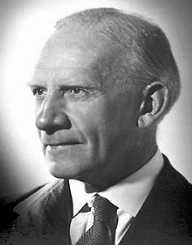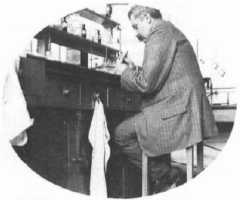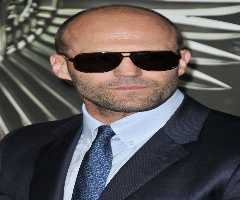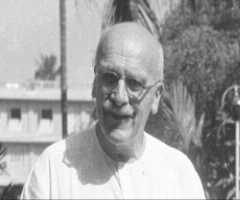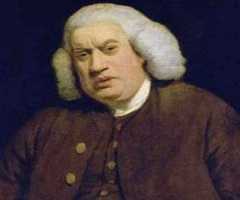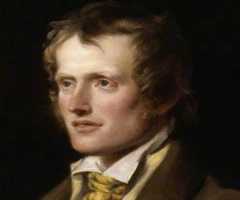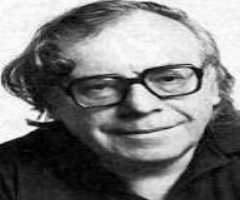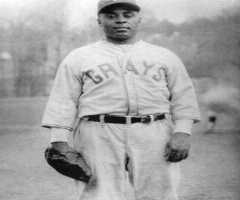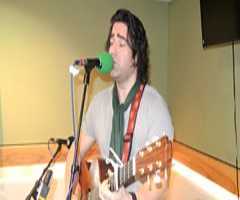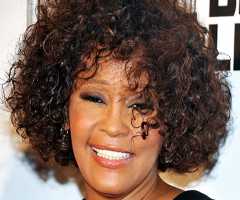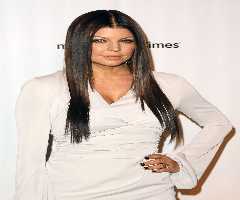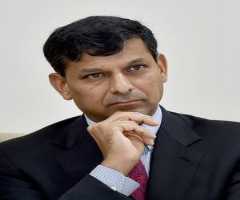Birth Place : Wisbech, England, United Kingdom
Died On : April 30, 2016
Zodiac Sign : Libra
Chinese Zodiac : Rabbit
Birth Element : Earth
Sir Harold W. Kroto Biography, Life, Interesting Facts
Sir Harold W. Kroto was born on October 7, 1939. He was an English chemist. He discovered the buckminsterfullerene.
Early Life
Sir Harold W. Kroto was born on October 7, 1939, in Wisbech, England. He was born to Heinz Krotoschiner and Edith who ran a small business in Berlin. In 1937, his father escaped to England together with his wife. They later set up a small business in London. In 1940, after World War II began, Edith and Harold were sent to Bolton in Lancashire. After the war ended, his family settled in Bolton. He attended Bolton School. In 1955, his father changed his surname to Kroto since people discriminated against him because of his original surname. During his holiday from school, he would help his father in their factory. He developed an interest in chemistry and spectroscopy.
In 1958, Sir Harold W. Kroto joined the University of Sheffield where he studied chemistry. In 1961, he graduated from the University with a Bachelor of Science Degree with a first class honors in Chemistry. He started working on his doctorate with Richard Dixon on spectroscopy. In 1964, he obtained his Ph.D. Degree with his dissertation ‘The Spectra of unstable molecules under high resolution.’
Career
In 1964, Sir Harold W. Kroto started his career as a postdoctoral fellow at the National Research Council in Ottawa in Canada. He worked with Don Ramsay with whom he discovered the singlet-singlet electronic transition of the NCN radical. In 1965, he worked on the rotational spectrum of NCN3 with Cec Costain. The following years he received a postdoctoral position at the Bell Laboratory in New York City where he worked with Yoh Han Pao. They worked on the liquid phase interactions by laser Raman spectroscopy. In 1967, he returned to England where he became a tutorial fellow at the Faculty of School of Chemistry and Molecular Sciences at the University of Sussex. He later became a permanent lecturer.
1970 saw Sir Harold W. Kroto finish his work in the electronic spectroscopy of gas phase free radicals and rotational microwave spectroscopy. In 1974, he got his spectrometer. The following year he started collaborating with David Walton on long linear carbon chain molecules. In 1985, he discovered buckminsterfullerene together with Professor Robert F. Curl of Rice University and Richard E. Smalley. Their discovery led to the discovery of the allotrope of Carbon known as fullerene. In 1995, he founded the Vega Science Trust which was a non-profit organization.
In 2004, Sir Harold W. Kroto became Francis Eppes professor of Chemistry at Florida State University. He later worked with Allan Marshall on carbon vapour. He also worked with Naresh Dalal and Tony Cheetham on open framework condensed phase systems and nanostructured systems. In 2006, he founded Global Educational Outreach for Science Engineering and Technology.
Awards and Achievements
In 1990, Sir Harold W. Kroto was elected a Fellow of the Royal Society. In 1996, he won the Nobel Prize in Chemistry jointly with Robert Curl and Richard Smalley for their discovery of fullerenes. In the same year, he was made a Knight Bachelor. He also won awards such as the Italgas Prize for Innovation in Chemistry, the Faraday Award, and the Copley medal among so many other awards.
Personal Life
In 1963, Sir Harold W. Kroto married Margaret Henrietta Hunter with whom he had two children, David and Stephen. He was an atheist. He passed away on April 30, 2016, in Lewes in England. He died at the age of seventy six.
More Chemists
-
![Prafulla Chandra Ray]()
Prafulla Chandra Ray
-
![Francis William Aston]()
Francis William Aston
-
![Mario J. Molina]()
Mario J. Molina
-
![Alfred Werner]()
Alfred Werner
-
![Martin Heinrich Klaproth]()
Martin Heinrich Klaproth
-
![Wilhelm Ostwald]()
Wilhelm Ostwald
